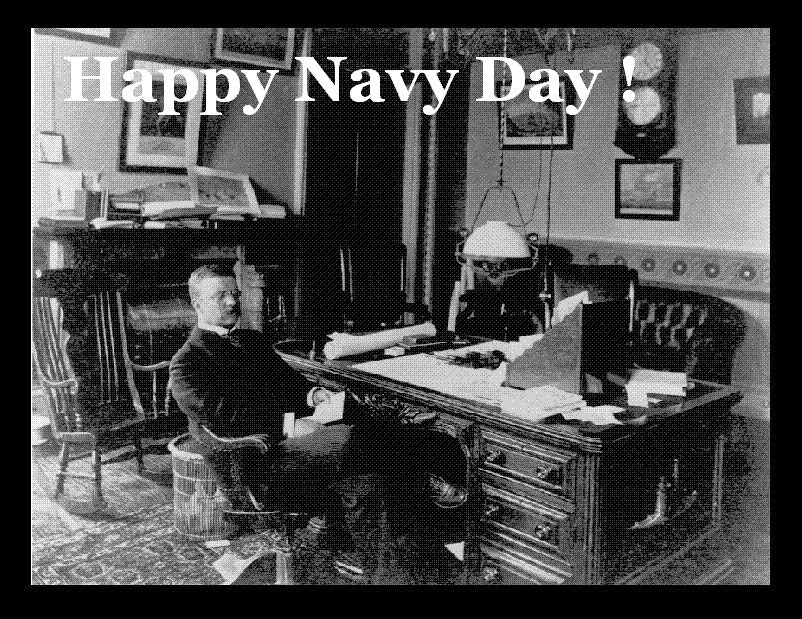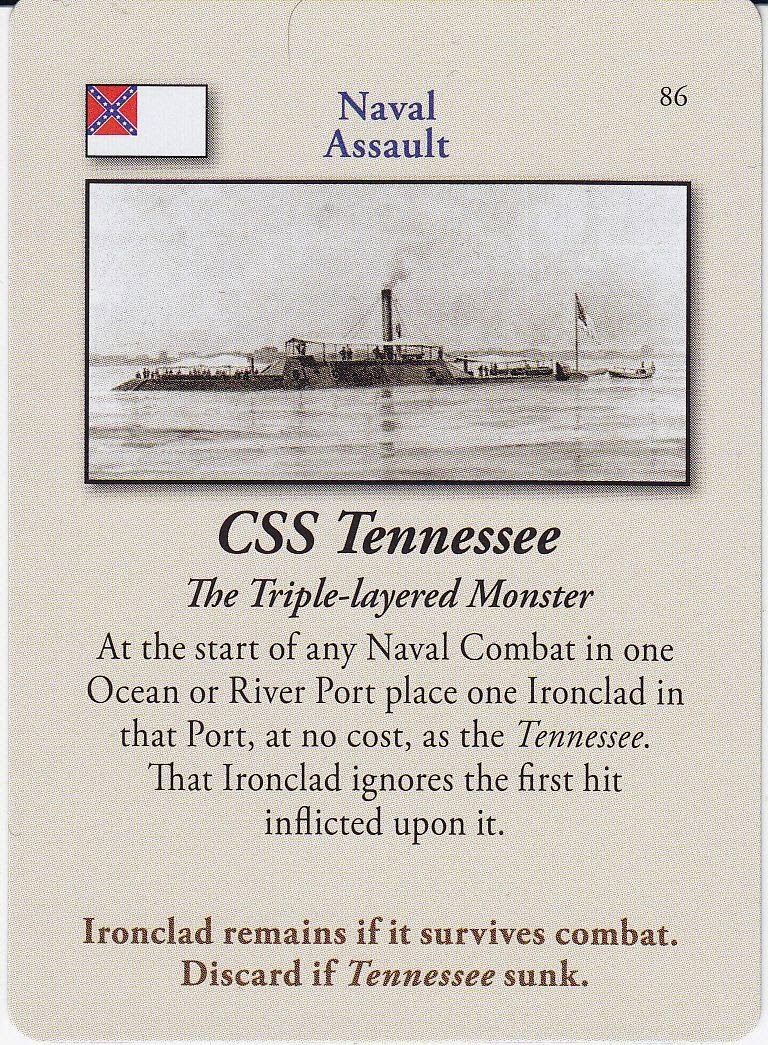The Rebel Raider and the Lady: 150 Years Ago
or Captain Waddell meets his match...in a "tall, finely proportioned woman of twenty-six years..."
150 Years Ago on December 29 the Confederate raider CSS Shenandoah stopped, captured and burned the commercial bark Delphine. Captain James Iredell Waddell, however, got more than he expected or bargained for, as among his captives as he wrote in a his private journal, was "a tall, finely proportioned woman of twenty-six years, in robust health, evidently possessing a will and a voice of her own."
That woman was Lillias Lervene Nichols, and she was the young wife of William Green Nichols, captain of the Delphine. The raider found their ship just west of St. Paul Island in the Indian Ocean, The Delphine was en route from London in ballast to Aykab, Burma, where the ship was to pick up a cargo of rice to take back to her home port of Bangor, Maine. Claiming that his wife was deathly ill, Captain Nichols pleaded with Waddell to spare his ship so that he could take her to the nearest port for much-needed medical attention. Mrs. Nichols and her maid put on quite a little melodrama to try to convince the Confederates that she was on death's door - but Waddell saw through the ruse. He was, however, apparently quite smitten with the young beauty, and gallantly offered her the comforts of the best quarters aboard the warship. When she asked him what he intended to do with her, Waddell said he would put her and her family ashore on the little island of St. Paul, which they would reach on January 2.
Lillias and James became quite the shipboard item over the next few days as the CSS Shenandoah made for Australia and much-needed repairs. The two were often seen strolling on deck or deep in quiet conversation. Other officers mumbled that she had become the captain's "confidante." (Lt. William Conway Whittle apparently was also quite fond of her, noting that she was a "fine-looking person, rather pretty." Whittle added that although initially a "little frightened," the officers were able to "soon drive fear away by providing kindness" and showing her that "we are gentlemen.")
Waddell and his officers fell under her charms and put on a special New Year's Eve party for Lillias and her little boy Phineas (or "Phinizy" as the crew came to call the playful lad). When they reached the little French colony and whaling station at St. Paul, Waddell again offered to put her ashore. Her response? "Oh, no, never. I would rather remain with you."
...and so she did for nearly a month, until the raider reached Melbourne on January 25.
Captain Nichols was not entirely amused by his wife's flirtations with Waddell. He wanted off the ship quite badly, and gladly signed a pledge not to reveal any information about the raider to the American consul ashore. Lillias, however, balked when her husband demanded she also sign the document. As the Shenandoah's ship's surgeon Charles Edward Lining reports, "she let loose with her tongue, pitching directly into her husband for telling her to sign it and say nothing, by telling him that she did not intend to hold her tongue, nor did she consider herself bound by what she was going to sign, that she would talk, for at least they could not stop her tongue."
When she finally did give in to her husband's demands, Lining says she asked the Confederate officer if he wanted her little boy Phineas to sign as well. "No, madame," Lt. Sidney Smith Lee replied, "we are much more afraid of you than we are of him." Lining reports that she was not amused, and "went out in a towering rage."
Although Lillias Nichols had flirted with the Rebel captain, she was a Union lass through and through. Once ashore she hurried to the offices of U.S. Consul William Blanchard, who reported to his superiors in Washington that while Capt. Nichols kept mostly silent in an attempt to honor the terms of his parole, that "Mrs. Nichols felt no such constraints." Blanchard reports that Mrs. Nichols provided a great deal of information as to the layout and condition of the CSS Shenandoah, These included reports on Waddell's difficulties with his crew and officers, and how that the vessel was so "leaky" and in such poor condition that she could not take the strain of firing all of her guns at once.
The CSS Shenandoah remain in Australia for a month to undergo badly needed repairs. She set out again on February 26, and would take no prizes until April 1, when she captured and burned four ships. On June 22, however, she reached the whaling grounds in the Bering Sea, and over the next week burned 20 ships and bonded four others, inflicting over $1 million in damages - and in the process dealing a death blow to the New England whaling industry. Sadly, it was all for naught, as the war had been over for nearly two months....






















.jpg)



.jpg)



